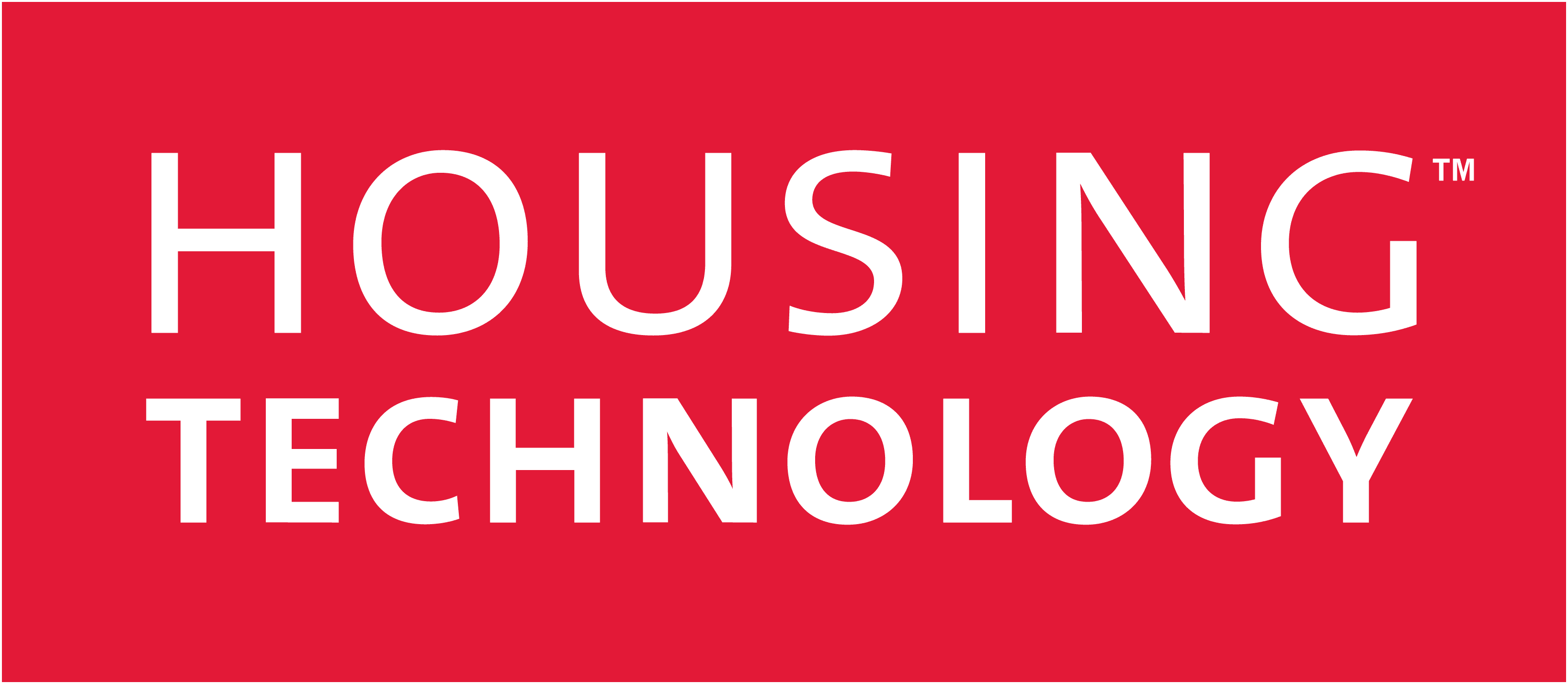Winter can be one of the toughest times for residents but with the right approach, housing providers can meet their regulatory obligations and help people through the colder months.
The cold weather often increases the likelihood of properties having problems such as damp, mould and water leaks. It’s a time when older adults and vulnerable people can feel more isolated and the cost of keeping homes warm becomes a much bigger financial burden.
Housing regulations set minimum standards for property maintenance and the quality of service that should be delivered to tenants. But simply adhering to the rules isn’t always enough to keep residents comfortable and safe in the winter.
Try these four strategies to take a proactive approach to property maintenance and give better support to your residents.
Forecast and act on property issues
Regulations such as Awaab’s Law have ushered in strict time-limits for housing providers to address dangerous hazards such as damp and mould. However, meeting these standards is just the starting point.
Housing providers need to move away from demand-led repairs in order to deal with problems such as damp and mould early. With the right tools, you can start to pre-empt issues before they happen.
The technology driving this shift is predictive analytics, which can analyse existing property and people data and flag if it is at risk of damp and mould. It can also identify poorly-insulated homes and other problems that may affect the condition of properties, making it easier to prioritise maintenance and prevent future problems from occurring. IoT devices can also help if your baseline data is good.
Deliver targeted support for residents
The Housing Regulator’s Safety & Quality Standard requires housing providers to repair, maintain and adapt homes to help residents live independently. Meeting these requirements relies heavily on accurate and accessible data.
A household’s specific circumstances will greatly influence what constitutes a safe, high-quality home for them. When information on residents and their homes is all in one place, housing providers can gain a clearer understanding of how to create the best living environment for each individual or family. For example, data analytics tools can be used to highlight more complex needs such as drug dependency or mental health issues.
Data analytics can help housing providers better understand the specific needs of residents and better meet them.
Partner with local services
Fuel costs, debt and mental health struggles can become more difficult to deal with as the nights draw in. There are many local services available for people when they need some extra help, but they don’t always know where to turn.
Housing providers can help their own service delivery by helping tenants get access to the support they need, beyond housing services.
Connect with local charities and public services in the area and signpost people to them on your website or through a dedicated residents’ helpline. If you can link people with an energy advisor to help them cut their bills when times are tough or put them in touch with a local parenting group for support, you could improve their lives. You will also go a long way towards keeping them safer and happier in their homes.
Get better at listening
New regulations such as the Transparency, Influence & Accountability Standard have given residents a voice in their housing provider’s decision-making.
They call on housing providers to build stronger dialogues and ensure people can access information they need. But the regulator will also want to see evidence that people are listened to.
With multiple communication channels to choose from, a resident could report a repair to a contact centre and in passing mention a health issue.
AI could be deployed to quickly scan communications and bring disparate pieces of information together that might otherwise be missed. This is critical to showing the organisation can listen and respond to the needs of its residents.
Multi-channel communication can be used to gather people’s views on the services they need or understand the seasonal changes that can affect individual residents. The use of AI makes sifting through large amounts of data simpler and far less time consuming than it would be for a human.
Better homes for better lives
A leaky roof, faulty boiler or job loss can suddenly become a major challenge for a household already struggling to get through the winter months.
Housing providers that use technology to predict repairs, highlight vulnerabilities and mitigate financial difficulties can meet their regulatory requirements and go the extra mile to identify and support those residents who need it most.
For more information on how technology can help you go above and beyond to deliver a great housing service, visit necsws.com/housing.
Brendan Sarsfield is the former CEO of Peabody and is now a housing advisor at NEC Software Solutions.


